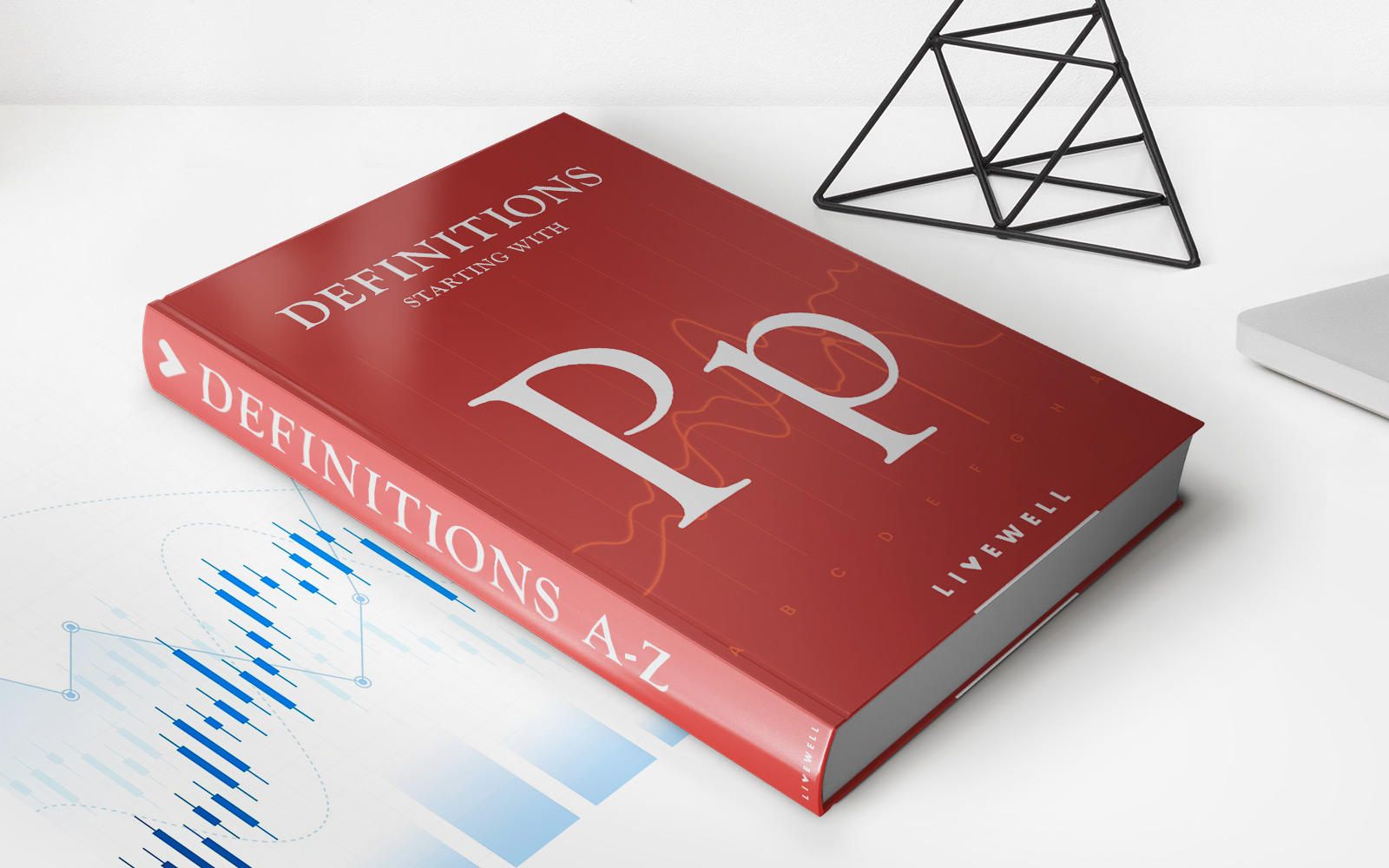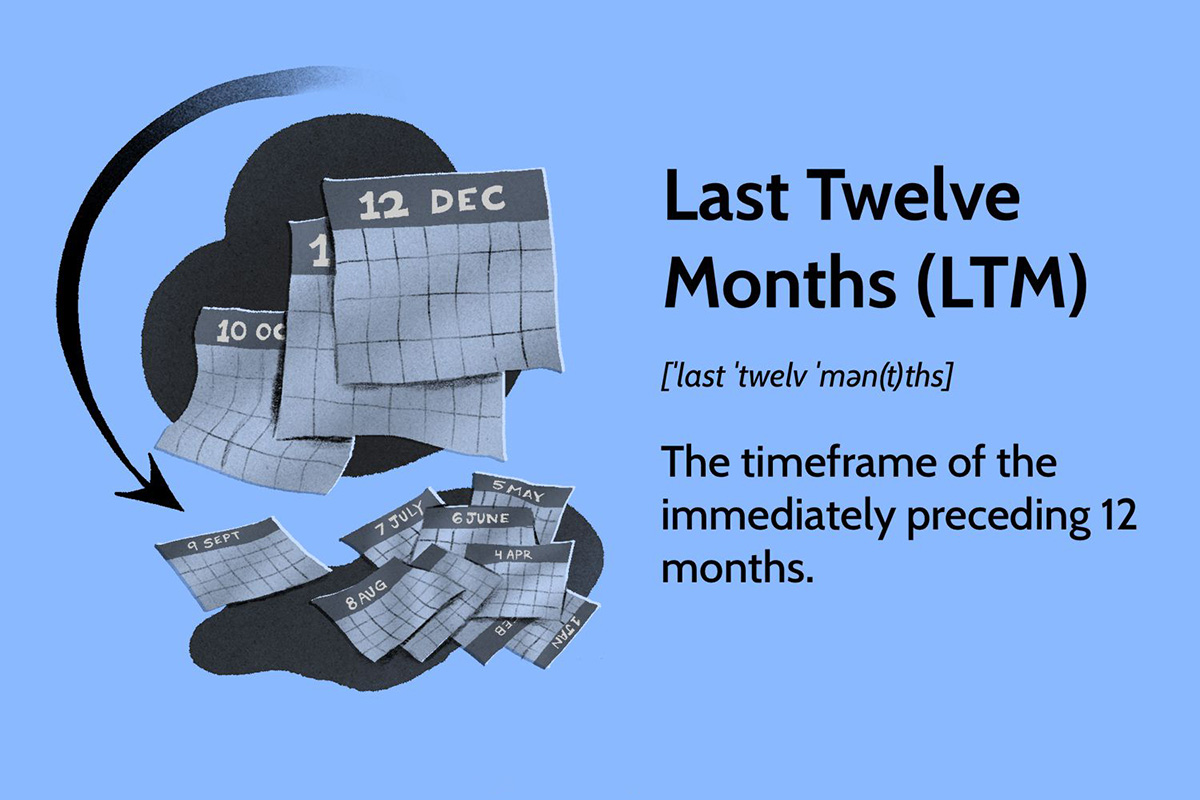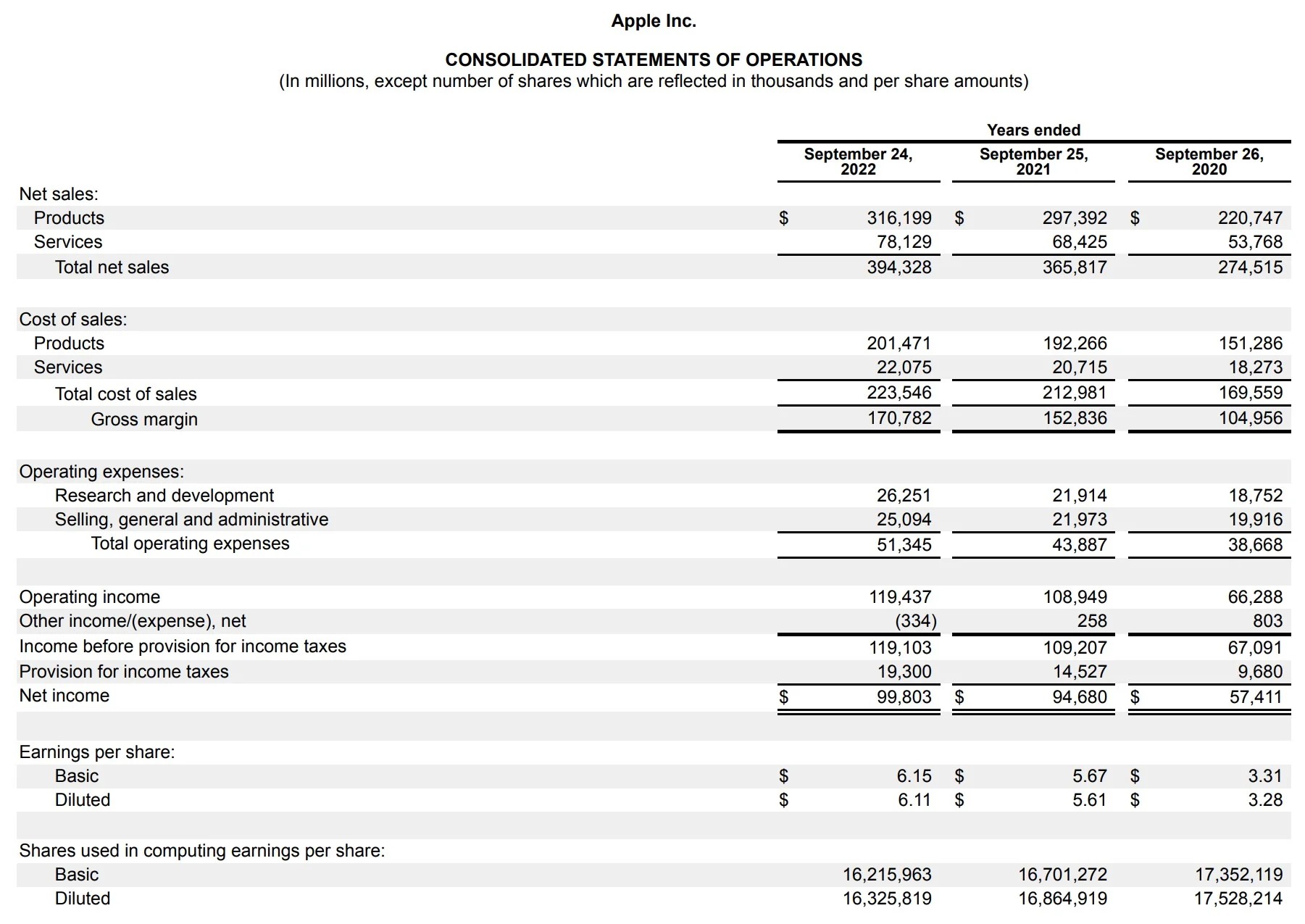Home>Finance>If You Have $5000 On Credit Card, What Is Minimum Payment Calculated


Finance
If You Have $5000 On Credit Card, What Is Minimum Payment Calculated
Published: February 26, 2024
Learn how minimum credit card payments are calculated for a $5000 balance. Understand the impact on your finances and credit score. Get expert advice on managing your finances.
(Many of the links in this article redirect to a specific reviewed product. Your purchase of these products through affiliate links helps to generate commission for LiveWell, at no extra cost. Learn more)
Table of Contents
Introduction
Understanding the Importance of Minimum Payments on Credit Cards
Credit cards have become an indispensable financial tool in today's world, offering convenience and flexibility for making purchases and managing expenses. However, it's crucial to comprehend the dynamics of credit card payments, particularly the concept of minimum payments. When you carry a balance on your credit card, the minimum payment is the smallest amount you are required to pay each month to keep your account in good standing.
Understanding the implications of minimum payments is essential for maintaining financial health and avoiding potential pitfalls. In this article, we will delve into the intricacies of minimum payments on credit cards, explore the factors influencing their calculation, and provide insights into managing credit card debt effectively.
By gaining a comprehensive understanding of minimum payments and their significance, you can make informed decisions regarding your credit card usage and debt management. Let's embark on a journey to unravel the nuances of minimum payments and equip ourselves with the knowledge to navigate the realm of credit card finance with confidence and prudence.
Understanding Minimum Payments on Credit Cards
The Role and Impact of Minimum Payments
Minimum payments on credit cards play a pivotal role in maintaining the financial well-being of cardholders. When you carry a balance on your credit card, the minimum payment represents the smallest amount you are required to pay by the due date each month. While it may seem like a manageable obligation, understanding the implications of minimum payments is crucial.
It’s important to recognize that making only the minimum payment can lead to long-term financial repercussions. By paying only the minimum, you may incur substantial interest charges, prolong the time needed to pay off the balance, and potentially accumulate more debt. This can create a cycle of debt accumulation that becomes increasingly challenging to break free from.
Moreover, the minimum payment is typically calculated as a percentage of the outstanding balance, subject to a minimum dollar amount. This means that as your balance fluctuates, so does the minimum payment. By comprehending how minimum payments are determined and the impact of carrying a balance, you can make informed decisions to effectively manage your credit card debt.
Furthermore, understanding the relationship between minimum payments and your overall financial health is paramount. By recognizing the implications of making only the minimum payment and the potential consequences of carrying a balance, you can proactively take steps to mitigate these risks and work towards financial stability.
As we delve deeper into the factors influencing minimum payment calculation, it becomes evident that a comprehensive understanding of credit card finance is essential for making informed decisions and fostering a healthy financial outlook.
Factors Affecting Minimum Payment Calculation
Key Determinants of Minimum Payments
Several factors come into play when credit card issuers calculate the minimum payment due from cardholders. Understanding these factors is essential for gaining insight into the dynamics of minimum payment calculation and its impact on your financial obligations.
- Outstanding Balance: The most significant factor influencing the minimum payment is the outstanding balance on the credit card. Typically, the minimum payment is calculated as a percentage of the total balance, often ranging from 1% to 3% of the outstanding amount. As the balance fluctuates, so does the minimum payment, directly impacting your monthly financial commitments.
- Interest Rate: The annual percentage rate (APR) on the credit card is a critical factor in determining the minimum payment. The higher the interest rate, the greater the portion of the minimum payment allocated to interest charges. This can prolong the time required to pay off the balance and result in higher overall interest costs.
- Fixed Fees: In addition to the percentage-based calculation, some credit card issuers impose a minimum fixed dollar amount as part of the minimum payment. This ensures that even if the outstanding balance is relatively low, a minimum threshold of payment is maintained.
- Accrued Fees and Charges: If there are any late fees, over-limit fees, or other charges incurred during the billing cycle, these may be included in the minimum payment calculation. It’s crucial to review the breakdown of the minimum payment to understand the components contributing to the total amount due.
- Regulatory Requirements: Certain regulations and guidelines may influence how credit card issuers calculate minimum payments. Compliance with consumer protection laws and financial regulations can impact the methodology used to determine the minimum payment, ensuring transparency and fairness for cardholders.
By comprehending these factors, cardholders can gain a clearer understanding of the minimum payment calculation process and its implications for their financial obligations. This knowledge empowers individuals to make informed decisions regarding their credit card usage, debt management, and overall financial well-being.
Calculating Minimum Payment on a $5000 Credit Card Balance
Understanding the Minimum Payment Obligation
When you carry a $5000 balance on your credit card, calculating the minimum payment provides valuable insight into your financial commitments and the impact of carrying a substantial balance. To determine the minimum payment amount, it’s essential to consider the key factors that influence the calculation and the potential long-term implications of making only the minimum payment.
Given that minimum payments are often calculated as a percentage of the outstanding balance, typically ranging from 1% to 3%, the specific percentage applied by your credit card issuer will directly impact the minimum payment due. In addition to the percentage-based calculation, credit card issuers may impose a minimum fixed dollar amount as part of the minimum payment, ensuring that a baseline payment threshold is maintained.
Considering a hypothetical scenario where the minimum payment is calculated at 2% of the outstanding balance, the minimum payment for a $5000 credit card balance would amount to $100. This calculation reflects the percentage-based approach and provides clarity on the minimum financial obligation associated with the outstanding balance.
It’s important to recognize that while the minimum payment represents the smallest amount you are required to pay each month, making only the minimum payment can lead to prolonged debt repayment, increased interest charges, and potential challenges in achieving financial freedom. By gaining insight into the minimum payment calculation and its implications, individuals can make informed decisions regarding their debt management strategies and overall financial well-being.
Furthermore, exploring options to pay more than the minimum and accelerate debt repayment can yield long-term benefits, including reduced interest costs and a faster path to debt freedom. By proactively managing credit card debt and understanding the dynamics of minimum payments, individuals can work towards financial stability and cultivate healthy financial habits.
Tips for Managing Credit Card Debt
Empowering Strategies for Financial Well-being
Effectively managing credit card debt is paramount for fostering financial stability and minimizing the long-term impact of debt accumulation. By implementing proactive strategies and cultivating healthy financial habits, individuals can navigate the realm of credit card finance with confidence and prudence. Here are valuable tips for managing credit card debt:
- Create a Budget: Establishing a comprehensive budget that prioritizes debt repayment and aligns with your financial goals is instrumental in managing credit card debt. By allocating specific amounts towards debt reduction within your budget, you can proactively work towards eliminating outstanding balances.
- Pay More than the Minimum: Whenever possible, strive to pay more than the minimum payment due on your credit card. By allocating additional funds towards debt repayment, you can expedite the reduction of outstanding balances and minimize interest costs.
- Consolidate Debt: Exploring options for consolidating credit card debt, such as transferring balances to a card with a lower interest rate or obtaining a consolidation loan, can streamline debt management and potentially reduce overall interest expenses.
- Limit Credit Card Usage: Temporarily curbing new purchases on credit cards can prevent further accumulation of debt and provide breathing room for focused debt repayment efforts.
- Explore Debt Repayment Strategies: Investigate various debt repayment approaches, such as the snowball method or avalanche method, to determine the most effective strategy for paying off credit card debt based on your individual circumstances.
- Seek Financial Guidance: If managing credit card debt becomes challenging, consider seeking advice from financial professionals or credit counseling services to gain insights into effective debt management strategies and financial planning.
- Maintain a Positive Payment History: Consistently making on-time payments and managing credit card debt responsibly contributes to a positive payment history, which is beneficial for your credit score and financial well-being.
By incorporating these strategies into your financial approach and maintaining a proactive mindset towards debt management, you can work towards alleviating credit card debt and fostering a healthy financial outlook. Empowering yourself with financial knowledge and leveraging effective debt management strategies can pave the way towards long-term financial well-being and freedom from the burden of credit card debt.
Conclusion
Navigating the Terrain of Credit Card Finance
As we conclude our exploration of minimum payments on credit cards and effective debt management strategies, it becomes evident that a comprehensive understanding of credit card finance is essential for making informed decisions and fostering financial well-being.
By unraveling the intricacies of minimum payment calculation and its impact on credit card debt, individuals can equip themselves with the knowledge to navigate the terrain of credit card finance with confidence and prudence. Understanding the factors influencing minimum payments, the implications of carrying a balance, and proactive strategies for managing credit card debt empowers individuals to make informed financial decisions and cultivate healthy financial habits.
Moreover, recognizing the significance of budgeting, prioritizing debt repayment, and exploring debt management strategies provides a roadmap for alleviating credit card debt and working towards financial freedom. By implementing these strategies and maintaining a proactive mindset towards debt management, individuals can pave the way towards long-term financial stability and prudent credit card usage.
Ultimately, the journey towards effective credit card debt management and financial well-being is characterized by informed decision-making, proactive financial strategies, and a commitment to responsible credit card usage. By leveraging the insights gained from understanding minimum payments and embracing empowering debt management strategies, individuals can embark on a path towards financial freedom and a resilient financial future.














